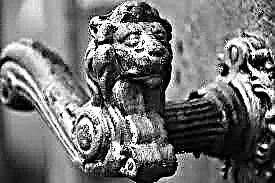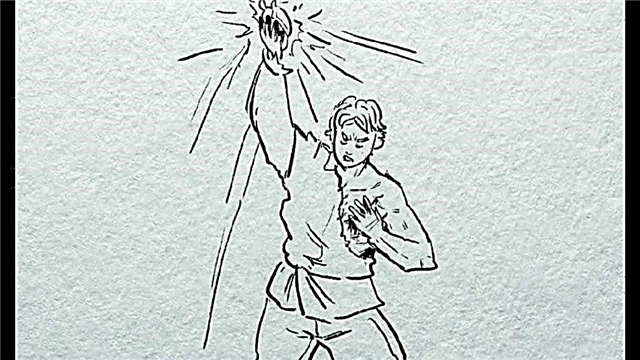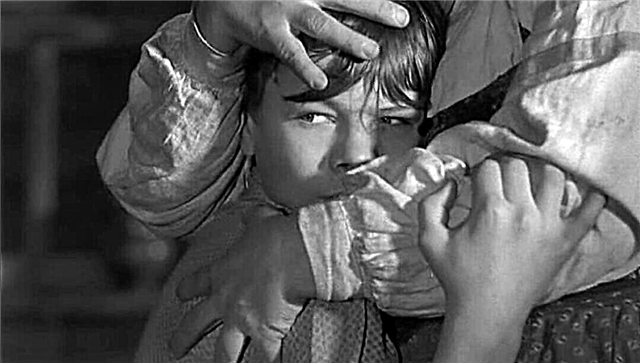For many, the death of the great poet Alexander Sergeyevich Pushkin turned out to be a real tragedy. Fans of the poet sincerely expressed their condolences, and, of course, M. Yu. Lermontov did not stand aside. Mikhail Yuryevich decided to embody this sad event in his own poem, “The Death of a Poet,” for which he later had to pay a lot.
History of creation
It is easy to guess when the poem was written, if you know who it is dedicated to. Lermontov created his creation in 1837, just when the great poet Pushkin was mortally wounded in a duel with Dantes. Rumors about Pushkin’s death were spreading with incredible speed, and Mikhail Yurievich was also in the know. The writer Svyatoslav Raevsky, who served with Lermontov in the same regiment, Ivan Goncharov, Ekaterina Dolgorukaya — all of them could serve as informants to the rebellious Lermontov about the events taking place in Pushkin’s apartment. As befits a standing poet, he expresses his deepest feelings in creativity. Acquainted with the "Death of a poet", the reader can appreciate all the bitterness of the author.
It is known that the original version of the poem ended with the lines “And on the lips of his seal”, but later Lermontov wrote the continuation. The final sixteen lines were probably the details of Pushkin’s duel, told by a doctor who was trying to save the poet.
The poem about the death of Pushkin was a very sharp turn in the fate of Lermontov: on the one hand, for the "Death of a Poet" the author was sent to exile in the Caucasus. It is known that the work was banned for a long time, and it was distributed on lists throughout St. Petersburg. Poems reached Zhukovsky, Vyazemsky, the Karamzin family, but was published only after the death of Lermontov. On the other hand, with the help of a scandalous work written in honor of the deceased poet, the author's name thundered in Russian poetry.
Genre, direction, size
Lermontov not only shares his impressions with readers and acts as another storyteller about how Pushkin died. All the dramatic nature of the work clearly suggests that the genre of "Poet's Death" is elegy. However, in addition to tragedy, we can notice sarcasm and satire, which would seem to be absolutely inappropriate in this text. Delving into Lermontov’s lines, one can discern his attitude not only to the victim of the evil rumor, but also to the public, and everything falls into place: in The Death of the Poet, the author combines the incongruous - sorrow and evil irony, in other words, elegy and satire.
Basically, Lermontov is a representative romanticism. Perhaps the question of the direction of the poem will put some readers in a stupor, they say, it is written about a real event, and the author expresses his real attitude to this situation, therefore, realism? Despite this, nevertheless, “The Death of the Poet” is also written in the framework of romanticism. This clearly tells us the rebellion of the author, his expression of emotions and an attempt to stand up against everyone, just as Pushkin stood up against everyone in his poem. In addition, the main features of this direction are the desire for creative freedom and the discrepancy between dream and reality. Just as Pushkin, the great poet, always eager for Freedom, “fell a slanderous rumor”, so Lermontov was exiled to the Caucasus for his creative enthusiasm, and dreams of becoming great writers, although they come true, still strike at a cruel reality: misunderstanding from the outside surrounding.
Since we are talking about the form of the work, we cannot but touch upon the question of the size of the poem. Not only literary, but also oratory, Lermontov expressed his talent in four-legged iamba.
Composition
Conventionally, the poem "The Death of the Poet" is divided into two parts:
- At first, the author expresses his regret over the great loss - the death of the great poet. The author is really sincerely upset by the death of the creator, and this is noticeable in the lines. He describes the tragedy that happened with Dantes, while at the same time calling him not entirely guilty. Of course, Lermontov does not refuse the fact that Pushkin was mortally wounded by Dantes, but since we are talking about the work of a rebellious author who could not do without satire, the people around him are guilty.
- So, in the second part, Lermontov makes fun of a society from which he hears only "empty praises of unnecessary chorus and miserable babble of excuse." If at first we see longing, pain and sorrow for the untimely departed poet, then later we come across accusations of a society that does not understand, slandered the light. In his statements, Lermontov is quite serious, even saying that people cannot escape their guilt before a formidable court, because the attitude of the environment to the great Creator is also a significant reason for Pushkin's death, and this cannot be hidden before God. The author is sure: moral traitors, who seemingly seem innocent and not involved in this sad story, will bear responsibility.
Of particular note is the epigraph to the work, taken from the tragedy of Rotru. From the very beginning, we are alarmed by the lines: “Be fair and punish the murderer,” and after that we can guess that the name and year of creation of the poem is only half the hints that this Lermontov’s work represents.
Images and Symbols
Having figured out what the work is about, it is worth paying attention to the main symbols of the poem: the main image is, of course, the image of the Poet. Specifically, Lermontov writes about Pushkin, but the author himself can hide behind the Poet. In the poem, he speaks of Pushkin’s death not from the hands of a real killer, but from the hands of a society that destroys the creator. It is easy to guess that the lyrical hero is trying to protect himself with these lines as a poet.
Another symbol of the work is the image of a murderous crowd that contributed to the death of the Sun of Russian poetry. The author observes that the poet’s blood washes the hands of everyone who slandered him and his family, who spread and discussed shameful rumors.
The author himself acts as the defender of Pushkin, the defender of creativity and freedom of feather. The image of Lermontov is the role of the prosecutor, a conscience breaking through hypocritical speeches. He is trying to reason with society by slapping him and reading out the verdict so that it punishes itself.
Topics
Each poem can provoke certain thoughts, and “The Death of a Poet” is definitely not an exception, but rather, a vivid rule. One of the main themes in the work is the theme of the poet and poetry. The main weapon of the creator is his literary talent, it is Lermontov who uses it to protect the honor of the departed Pushkin. With the help of creativity, a person is able to make the world a better place - many writers are trying to convey this. However, they are often confused.
Another topic is the freedom of creativity. The author strongly hints that the death of Pushkin was beneficial to many people who were truthfully pricked by his eyes. For example, it is known for certain that Dantes agreed to a duel after the letter, where Alexander Sergeyevich ridiculed his homosexual relationship with his adoptive father. He tried in vain to hide this fact by marrying his elder sister Natalia Goncharova.
So, the poet and the crowd are the next, and, apparently, the most relevant topic of the poem. After all, if the author does not pay so much attention to Dantes, whose hand really shot Pushkin, then this says something. Lermontov finds new suspects, and most importantly the alibi of the surrounding crowd - a misunderstanding. The poet stands up against everyone, “against the opinions of the world”, but finds no support. Pushkin, like Lermontov, is alone among people - it is this inability to convey his thought that kills.
Problems
One of the main problems raised by Lermontov in the poem Death of a Poet is misunderstanding. When a person feels lonely surrounded by people, as a rule, it is even worse than when he is just lonely. The crowd symbolizes the hope of finding support, and when the chances of understanding are slowly moving to zero, this can hurt, especially creative nature. What to do with this misunderstanding and how to deal with it? Lermontov simply poses this question, but does not answer it, he only tries to express his ardent protest against the society that destroyed Pushkin. It was the evil rumor that forced him to challenge the fatal. He himself believed his wife, but could no longer tolerate anonymous letters and ridicule behind his back.
The poem "The Death of the Poet" is a response to the death of Pushkin, therefore Lermontov poses an important problem of injustice in the world. The poet died in a duel while still young, having not yet managed to translate so many novels, novels and poems. It burned down like a torch in the dark, and unscrupulous gossipmen survived with hypocritical grief on their faces.
Perhaps some reader would like to help the poet and tell him, but he is at a loss about what to do. To adapt to the crowd or to resist it? Lermontov confronts, but for this he was exiled. Pushkin opposed, but in the lines of Lermontov, "fell a slanderous rumor." Maybe it’s better to adapt to society, and it will be easier to live? The great creators who went down in history with their bibliography do not want to consider this option, but the reader involuntarily asks another question: is it worth it to go against everyone if it is sometimes too expensive? However, the answer to this question is clearly read in the lines of the author: worth it.
Meaning
The main idea of the poem is, in addition to condolences over the death of Pushkin, a kind of warning and the crowd that prevents the poet from creating, and the poet, anyone who can face confusion as well as the main character of the poem, and the author himself. Alexander Sergeyevich was criticized more than once, and, according to Lermontov, this served as a compelling reason for his death. That is why the author condemns the crowd, condemns Dantes, who "could not understand at this moment the bloody, what he raised his hand! ..".
The main idea of the poem "The Death of the Poet" is sorrow according to Pushkin, expressed not only in sadness, but also in the author’s apparent disagreement with the society that he accuses. However, Lermontov is sure that each guilty person will be paid in God's court, not subject to money and status.
Separately, it is worth noting the attitude of Lermontov towards Pushkin: the author is delighted with the work of his hero. It would seem that two talented creators should be competitors to each other, but Mikhail Yuryevich respects the poet so much that he is ready to suffer punishment from an incomprehensible crowd for the honor of the deceased fellow. He stands by the mountain for creativity and for freedom, which should not be subject to evil rumor.
Means of artistic expression
In his work, Lermontov took care not only of the content, but also of the form of his own poem. The author resorted to numerous epithets that markedly adorned his impulse: “instant bloody”, “empty heart”, “ruthless hand”.
The author especially compares the fate of Pushkin with the poet, whom he himself created - “the extraction of jealousy is deaf ...”. We understand that we are talking about Vladimir Lensky, who, like his creator, was hit by an absolutely ruthless hand. It will be interesting to note that the coincidence is not only in the calling of Lensky and Pushkin, but also because of the duel - jealousy. However, Lermontov does not blame love, and does not even so much blame Dantes, abandoned "to catch happiness and ranks," how much he blames the crowd, which brought the talented person to the extreme with his murmur, reminding all slanderers and gossip about the punishment that can not be avoided.
The author also uses metaphors, for example, “miserable babble of excuse”, actively expressing how people tend to resort to slander.
And, of course, the contrast between the brutal, heartless, insignificant crowd and the honest, simple-hearted, “bold gift” of the great creator vividly gives us yet another means of artistic expression - the antithesis.



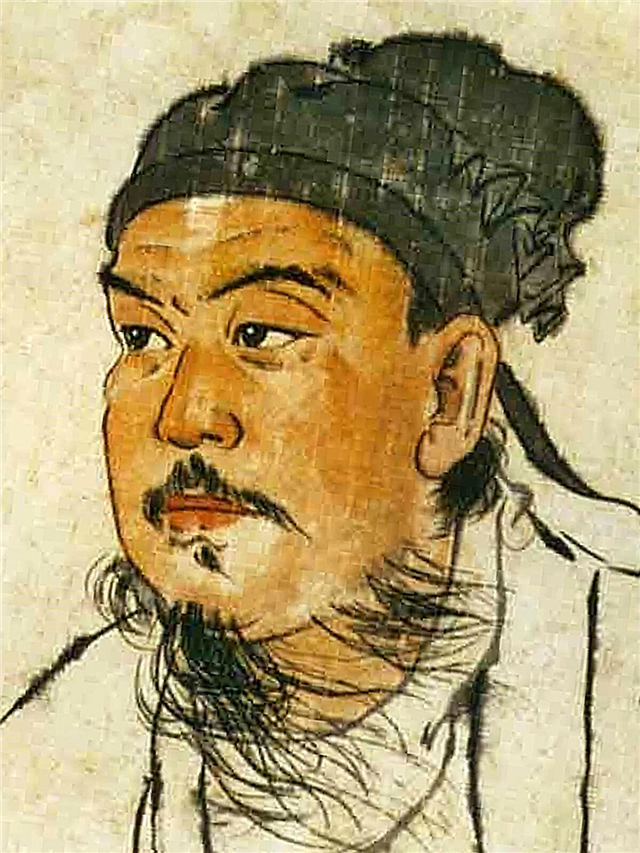

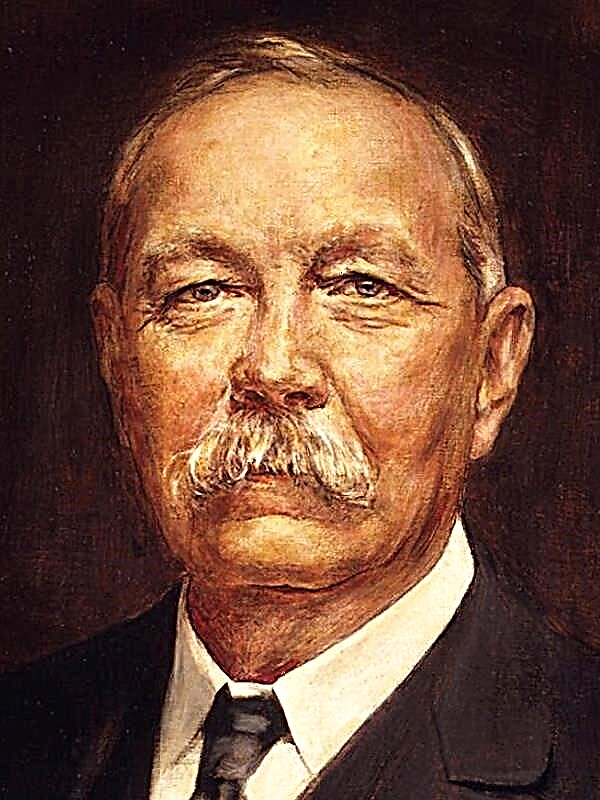
 Ben gur
Ben gur
